As you’d expect from any medieval life sim, farming is central to keeping your people fed in Sengoku Dynasty. Whether you’re growing rice and vegetables to put food on the table or utility crops like canola and flax for crafting, the villagers of the Peasant Kingdom will spend most of the year working the fields to survive.
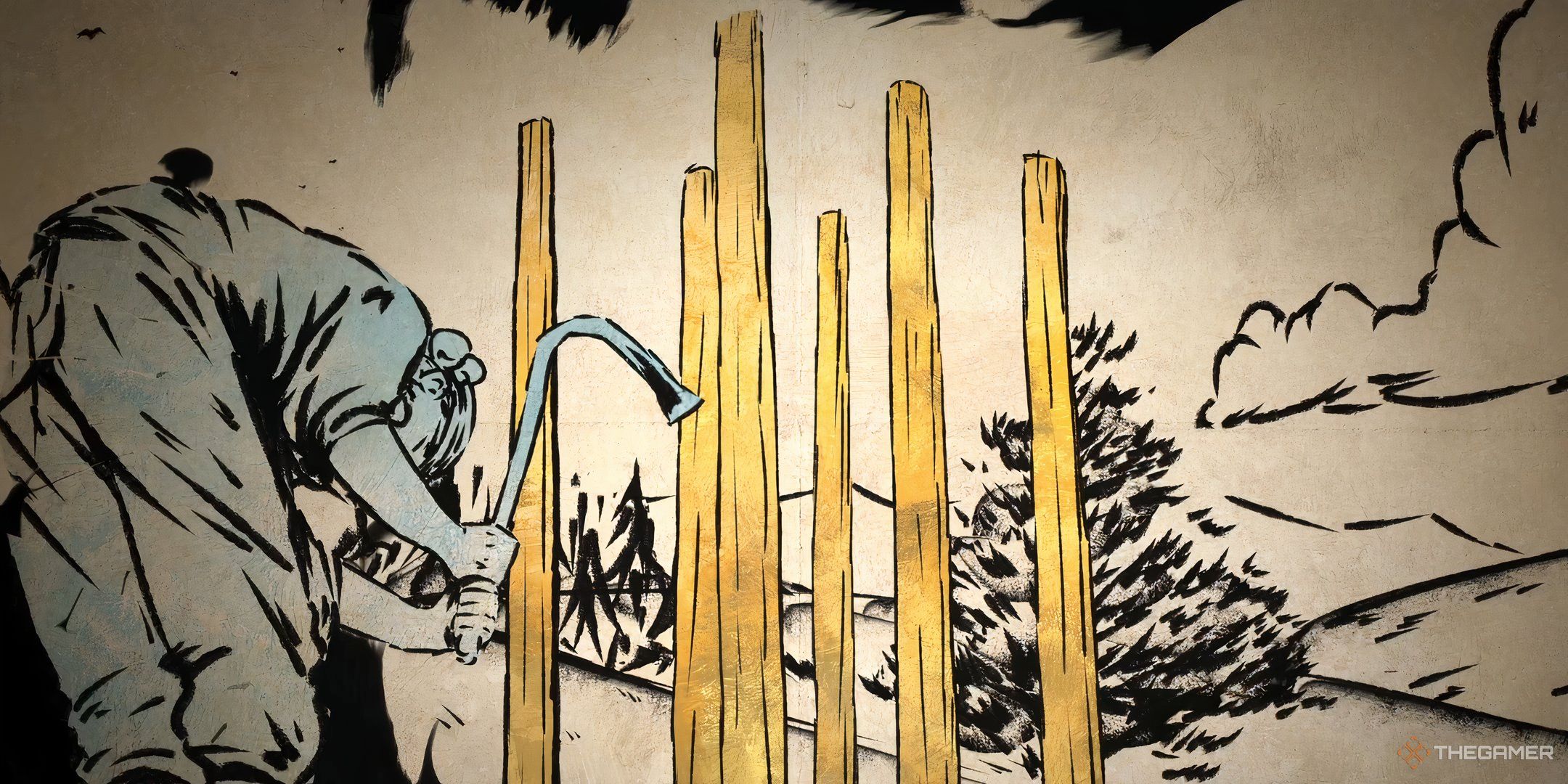
Related
Sengoku Dynasty: How To Get Feathers
Feathers are one of the most important resources in Sengoku Dynasty, and here’s how you can easily stack up on them.
You’ll probably need to do some farming yourself, plus delegate a lot of work to the people under your care, throughout the course of the game. Read on to find out everything you need to know about growing crops in the Nata Valley.
How To Build A Field
Once you’ve come into possession of all the necessary resources – that is, seeds and crafting materials – you’ll be able to build fields like you would any other building using a hammer. They’re listed under the Farming category, denoted by a sprout icon.
Each type of seed requires either a land field or a water field. You can check which field you need to build in the seed’s item description in your inventory. These use slightly different resources, but otherwise work almost identically:
- Land fields cost one stick per square to build.
- Water fields cost one clay and one stone per square to build.
Fields can be re-used with different seed types after harvesting. For example, you can plant rice in a water field in the spring, use the same field to grow wasabi in the summer, then plant rice again in autumn. You can even change between in-season crops if you harvest with enough time left in the season.
How Big Should A Field Be?
A single villager can work twenty squares of crop fields, so each field should be no bigger than that in total. It’s possible to increase your villagers’ workload capacity through perks, but this will only add a few squares to their maximum workable field.
If you try to assign a villager to a field that’s too big for them, they’ll simply work as many squares as they can and leave the rest fallow. You can only assign one worker to each field, so if you want to grow anything in the unused squares you’ll have to do it yourself.
Using A Field To Grow Crops
Once the field is placed, you need to follow several steps to get it to grow. This can be automated by assigning a villager to the field; just remember to equip them with a hoe in the Jobs Menu and have the correct type of seeds in a nearby storage.
Start by using a hoe to till each square of the field. You can build a basic wooden hoe in a Workshop, or a better iron hoe in a Smithy. A cultivated square will turn a darker brown, indicating that it’s ready to be seeded.
Next, equip a seed bag of the plant you want to grow. The plant must be appropriate for the current season; you can check this in the seed bag’s item description in your inventory, just like you did for finding out whether it’s for a land field or a water field.
If you forget which season it is, you can check on the map, as well as how long you have until the seasons change.
Use the seed bag on every tilled square that you want the plants to grow in. Once that’s done, the crops will start growing. You’ll see a meter whenever you highlight each square on the field; when it’s filled, they’re ready for harvest. Many crops (but not all) can be harvested quickly using a kama. If you don’t have a kama, you can always harvest them by hand, but that is a much slower process.

Related
Sengoku Dynasty: Best Perks To Unlock First
Master the skills of the Peasant Kingdom with these essential Perks for Sengoku Dynasty!
How To Make Crops Grow Faster
Watering, fertilizing, and weeding crops will speed up their growth time, letting you harvest them faster and potentially plant more in a given season. Watering and fertilizing crops is just like planting them; equip a water bucket or fertilizer bucket and use it on each square in the field. Each crop only needs to be watered or fertilized once during its growth cycle.
Crops in water fields don’t need to be watered, but can still be fertilized and weeded, and rainfall automatically waters any land field crops currently growing.
How To Make A Water Bucket
To make a water bucket, you need to first build a well. Once that’s done, craft a bucket at the Workshop using planks. You can use up to ten buckets at a time in a well, each of which will yield 50 water. You can then combine that water with another bucket to make a water bucket, which you can equip and use to water your crops.
For some reason, the original bucket disappears, so you really do need two; one to drop down the well, and one to craft the water bucket.
Extra water can be used for other crafting projects like healing brews at the Forager’s Hut, or to help fulfill your villagers’ beverage needs. Once you get to the point where your villagers are thirsty, it’s a good idea to have a worker on the well to constantly produce water.
How To Make A Fertilizer Bucket
Once you acquire rot, either by letting food spoil or by purchasing it from a beggar, you can use it to build a compost heap. Rot can be placed in the compost heap, where it will decompose into fertilizer. A villager equipped with a shovel can maintain the compost, but you need to produce a lot of rot for this to be efficient.
Once the fertilizer is ready, you can take a fertilizer bucket straight from the compost. This doesn’t require an empty bucket – maybe that’s where the one from the well went?
How To Weed Crops
Once crops are about halfway finished growing, weeds will appear on their field plots. This slows their growth until the weeds are removed. This must be done by hand, and gets you a small amount of grass for doing so.
Should You Tend Crops Yourself Or Assign Villagers To Fields?
Working a field yourself takes a lot of time that could be spent exploring, building, and expanding your dynasty. In most cases, it’s much better to have your villagers do the farming while you take care of things that only a player character can do. However, there are a few advantages to manually tending crops every now and then.
For one thing, there’s an Achievement/Trophy for raising and harvesting at least one crop yourself. If you’re a completionist, that’s reason enough right there.
Villagers only cultivate, sow, and harvest fields. However, their crops always harvest at the end of the day as long as they stay assigned to work their fields. Their productivity is limited by the amount of land they can actually work. Additionally, villagers need one seed bag per day to re-sow their fields, while you as a player can easily get most of a season out of just one.
Additionally, as stated above, villagers can only work fields of about twenty squares. There’s no limit to the number of plots you can farm, other than your stamina, the durability of your tools, and how much time you want to commit to the project. In other words, farming yourself is much more efficient in terms of raw production, but the extra time and effort it takes isn’t usually worth the extra yield.
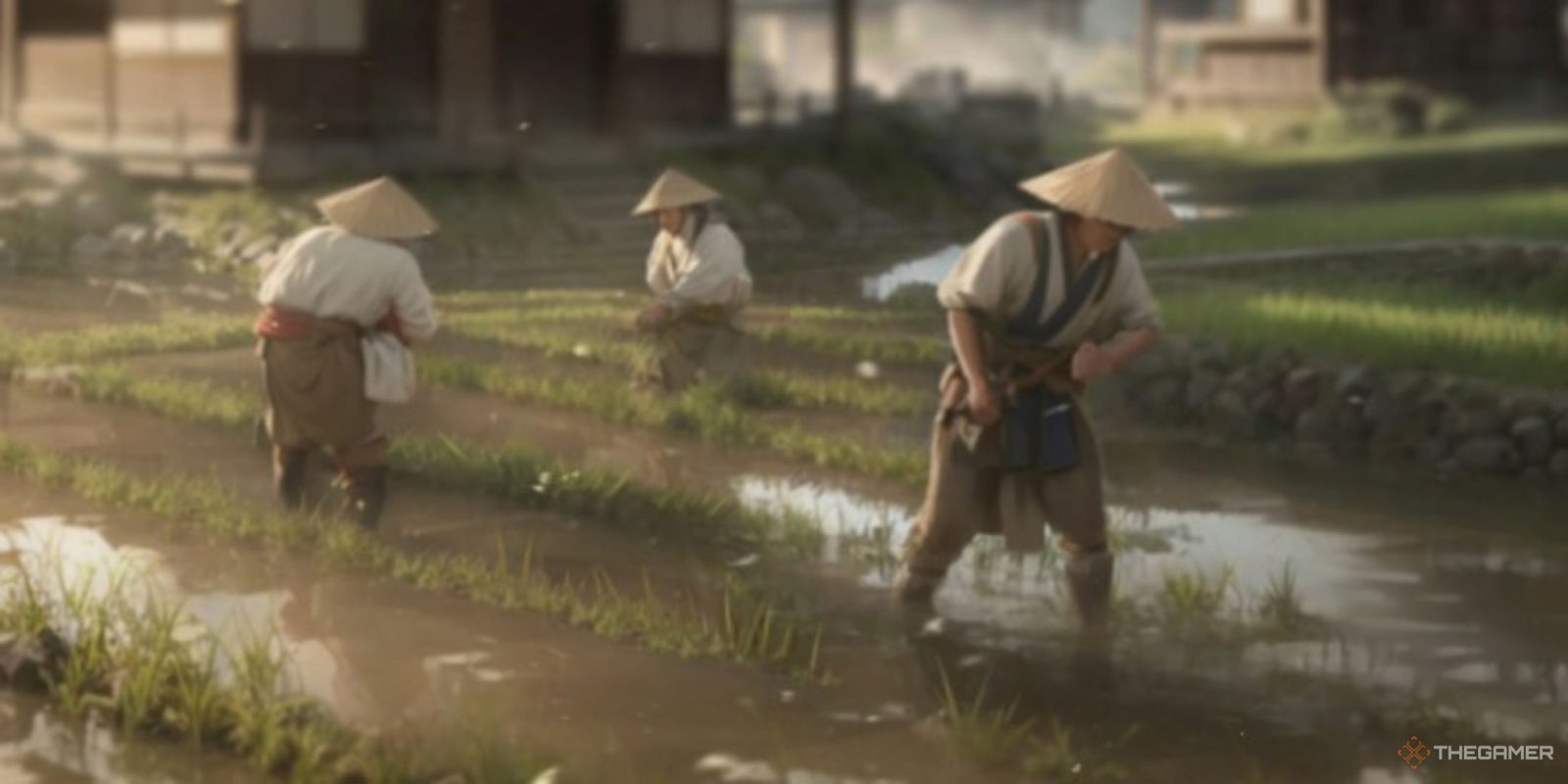

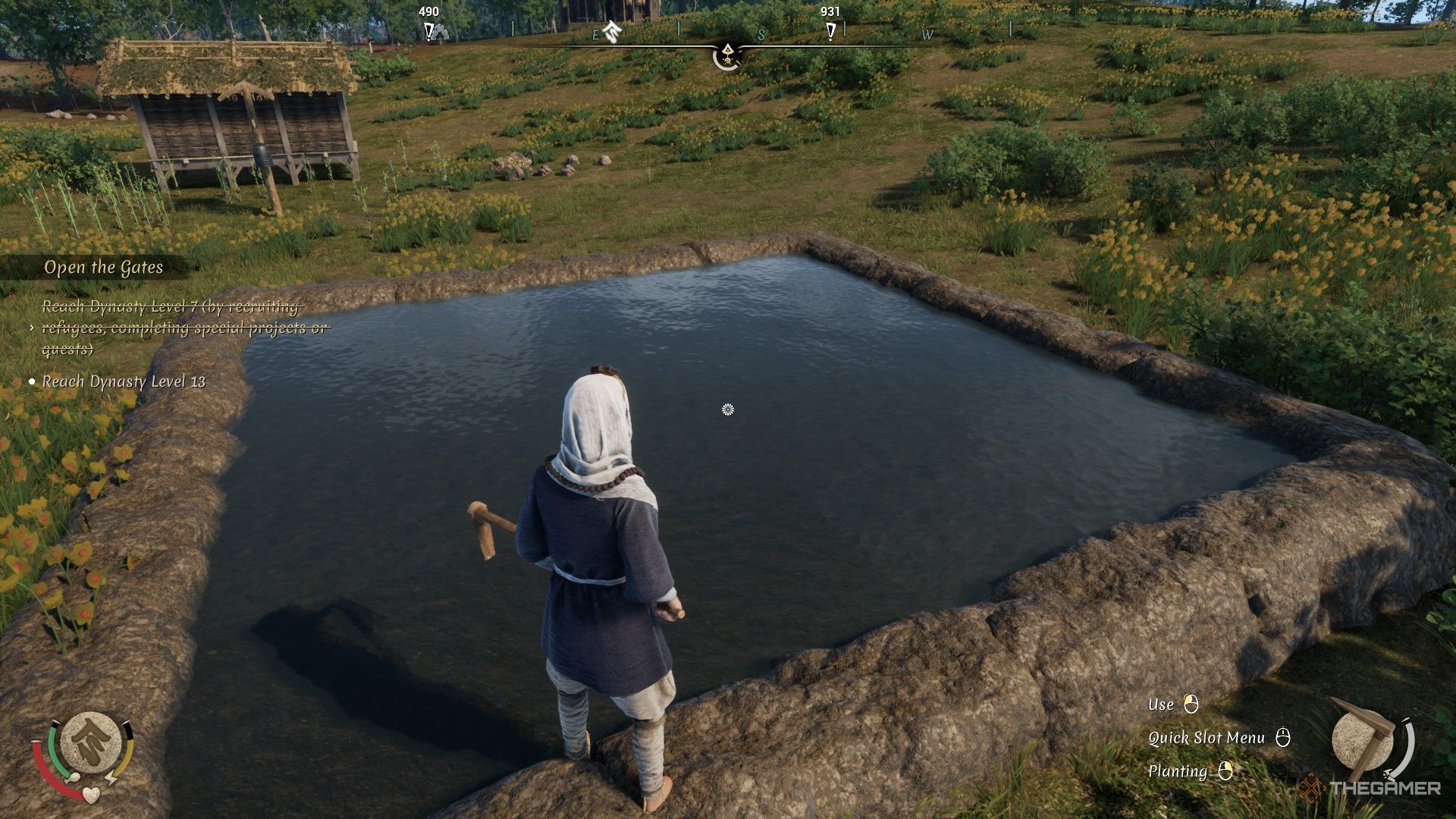

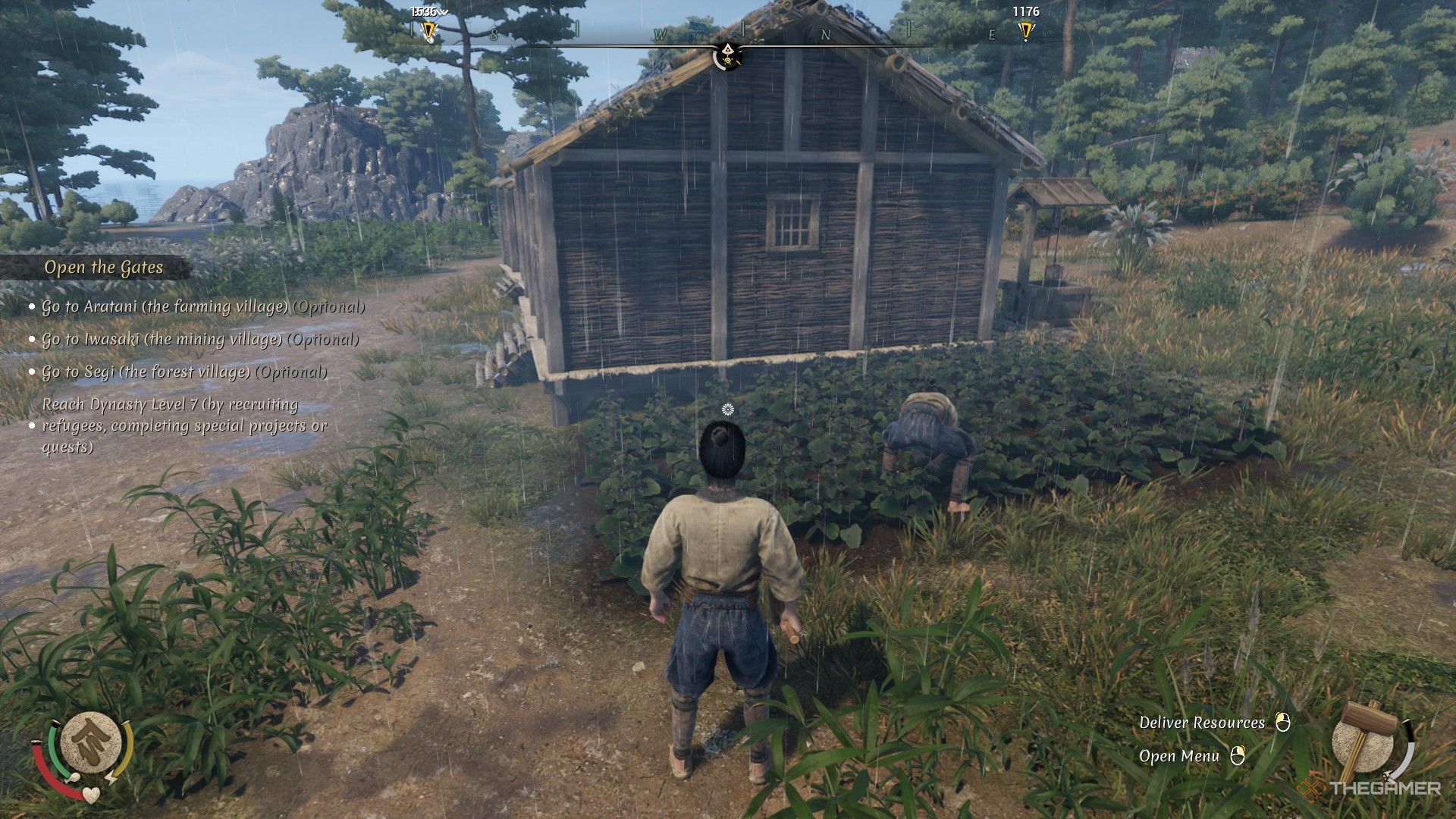
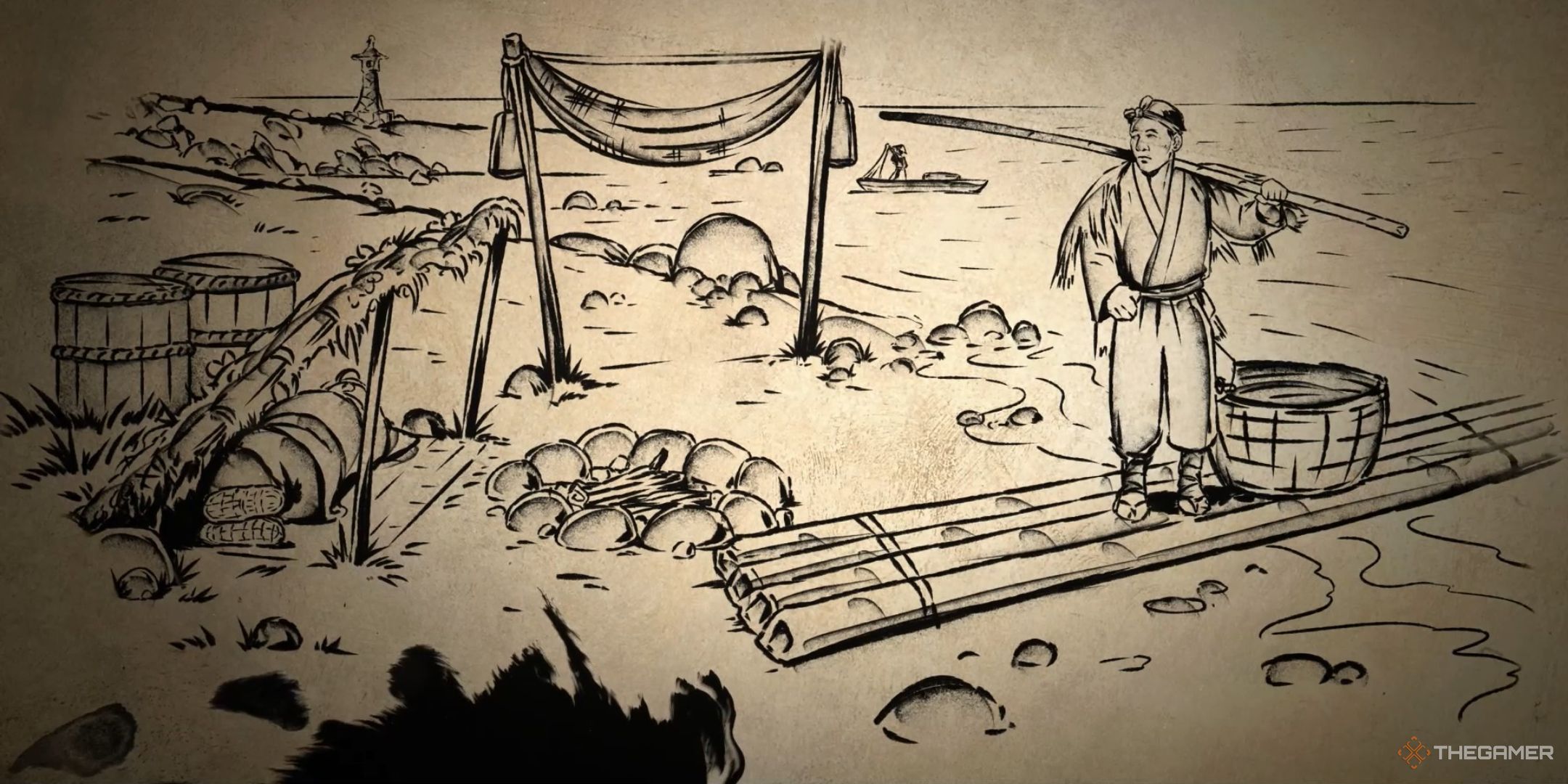


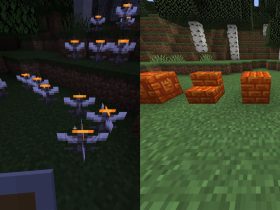







Leave a Reply